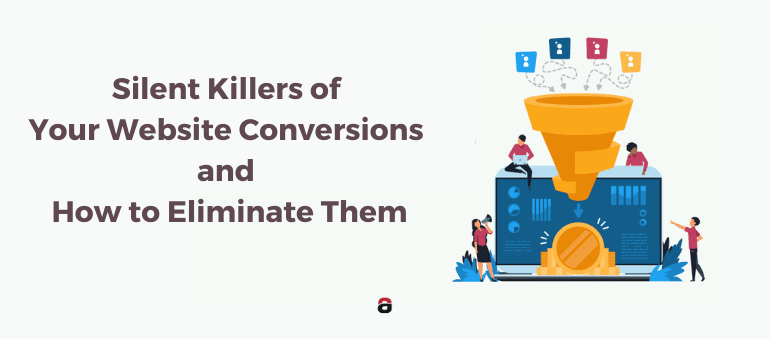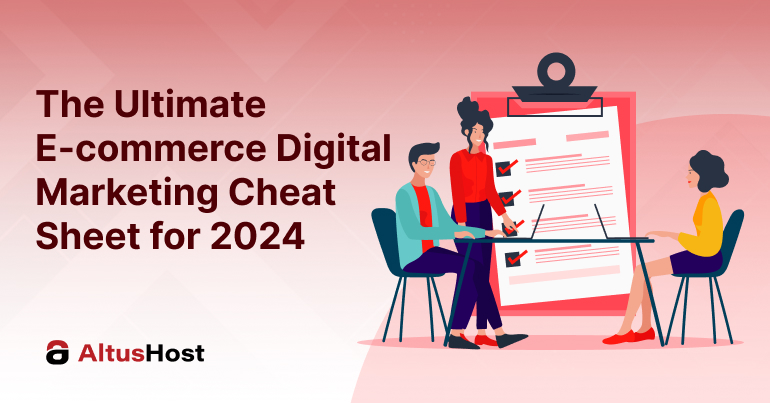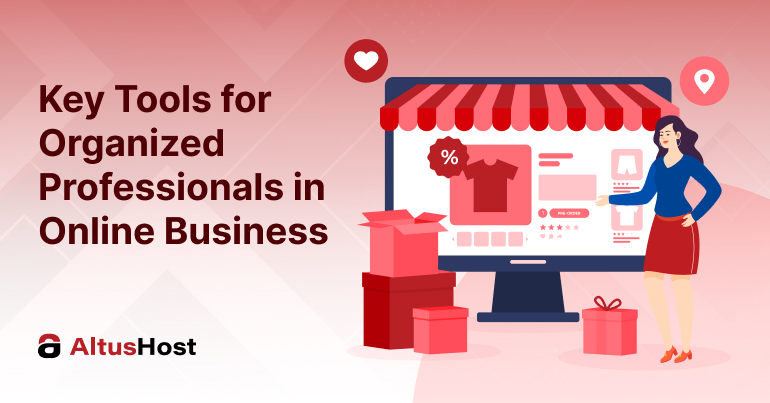You have invested a lot into your website. You searched for the right people to turn your ideas into a functional website, you sat awake at night learning how to be even better, designing, asking questions… Now you are finally satisfied with how your website looks.
However, it’s still not getting you as many conversions as you’d hoped.
Now you get annoyed because you don’t know what the problem is. You changed the design, rewrote the website copy to make it more convincing, and added a blog, so what else do you need to do?
If this sounds familiar, don’t worry. Everyone who has a website has been in your shoes at least once in their life.
Fortunately, the solution can be very simple. There are elements of the website that we often neglect, and they can be the silent killers of our targeted number of conversions.
In this article, you’ll find out what mistakes you might have made on your website and how to fix them.
1. Page Loading Takes Forever
How fast does your website load? If it takes more than three seconds, chances are people will click the x and stoYouou. In fact, you can lose up to 70% of your potential customers this way.
Today, mobile phones are used both for browsing and shopping much more than before, as many as 40% of people are in a hurry while looking for information via smartphone. If you take up too much of their time, they will bypass your website in the future.
The most common reasons for slow page loading are huge images, too many ads, or even bad hosting. Try to find the cause and solve it as soon as possible. For example, if the images you use are too high in resolution, it can cause the website to crash and take forever to load. In the future, make sure that the images are optimized before you upload them to the website, and you can do this, for example, by choosing the JPEG format instead of GIF or PNG.
2. Your Website is not Responsive
Even if you don’t have a web shop, your potential customers will most likely Google you before comingOver. Actually, over 80% of them, according to some research.
If a potential customer cannot navigate the website due to poor design or pages that are not optimized for mobile browsers, they will leave the website without making a purchase. Moreover, they are likely to go to your competitor if they offer a better user experience.
According to one survey, as many as 29% of them will do so immediately, while 28% of customers will not come to your website again, even if they have bought from you before.
The solution is simple – optimize the website for mobile browsers and take into account different screen sizes (such as tablets, for example).
3. You don’t Test Different Landing Page Design
So-called “split testing” refers to publishing different versions of landing pages to find out which one best converts site visitors into customers or subscribers.
If you only have one version of your landing page, you might be able to tell that it’s converting anymore, but you also can’t know exactly what’s wrong with it. How can you find out?
By creating at least two versions, link them to the ads, and then track the analytics. On those versions, you can change the CTA button, title, testimonials, and other elements, and then based on the results, find out what works best for your business.

4. You Overwhelm the Customer With Information
A confused customer does not buy. Imagine asking someone on the street to explain where something is, and he tells you – go there, no, actually, here, no, this way, no, here left! Would you know where to go? Of course not.
Your potential customer can also feel confused if they are greeted by a pile of unstructured information on your sales pages. If there are links to other products, too many images, and unrelated text it only distracts the website visitor from the main thing you want them to do – buy a product or schedule a service.
Not to mention if there are different calls to action – buy, sign up, click… How will the customer know what exactly to do? The simpler, the better – this is the motto you should follow when it comes to your sales page.
5. You Don’t have a Social Media Bar
Social media are excellent for building brand awareness and driving traffic to your website. However, people will be less likely to share your content on their accounts (and thus advertise you) if you don’t encourage them to do so.
A simple solution is that along with the content on the website, there are also social media icons that will make it easier for your customers to share the content on their profiles. This way, your blog or other pages will reach more people, and this can also affect the number of conversions.
Practice has shown that the most effective icons are those that follow the content as the user scrolls so that he does not have to go all the way back to the beginning of the page to share it.

Here is what a floating bar can look like, it is a bar with icons that moves along with the text so that the reader can click on one at any moment and share the content. Sometimes you will find it upright, on the left or right side of the text.
6. You Don’t have a Newsletter or Free Content to Download
A visitor to your website was about to click x and… you let him. Don’t you invite guests to stay a little longer when they decide to go home? You can also do this with people who visit your website by offering to keep in touch – eg. through newsletters or by downloading your free content.
Email marketing has a high return on investment, and one of the reasons is that newsletters help convert website visitors into customers.
You can use it to promote new products or send discount coupons to regular customers, but also to share useful content or free ebooks or guides. When someone downloads your free content and reads it, it can be enough to make them trust your knowledge and want to buy your service or product.

7. The Design is not Consistent on All Pages
Fonts, colors and images help customers remember your brand better. If you have a social media campaign and your Facebook ads lead to landing pages, inconsistent design can make potential customers unsure – did they click on the right ad? Mistrust is undoubtedly something you want to avoid when it comes to conversions.
Suppose you use the same colors and fonts, logo, and other characteristics of your brand on all pages throughout the entire customer journey from the first contact with the brand to the decision to buy from you. This way there is less chance that they will abandon the purchase somewhere along the way.
Sometimes it happens that they reach the final step and when they need to make a payment or order a product, different colors and an unfamiliar page design can turn away even customers who have used your services or products before.
8. You Try to Sell Before Building a Relationship With the Customer
People buy from those they trust. This is especially true when it comes to services, because people, in addition to knowledge, also buy energy from you. That is why you will often hear that they need to “click” with someone.
Just remember how you chose people for any individual work – you need someone whose way of working you like and with whom you feel at ease.
This is also important for building a brand online. People need to see you as an authority and have confidence in your skills or the quality of your product before they make a purchase. And how to get there? By, for example, sharing some of your knowledge for free in the form of a blog.
When you give people useful information, tools, and knowledge, they will trust you and the likelihood of them buying from you will only increase.
Convert Mistakes Into Strengths
Check your website today. Have you made any of these mistakes?
You can indeed fix certain inconsistencies in five minutes, and your conversion rate can skyrocket. So small improvements sometimes have great results.
Whether the problem is of a technical, such as page loading speed, or you need optimized landing page content, if you make these changes to your website, you will very quickly notice a difference and surely move towards the conversions your website deserves.
The author is highly qualified and writes blog posts weekly.



